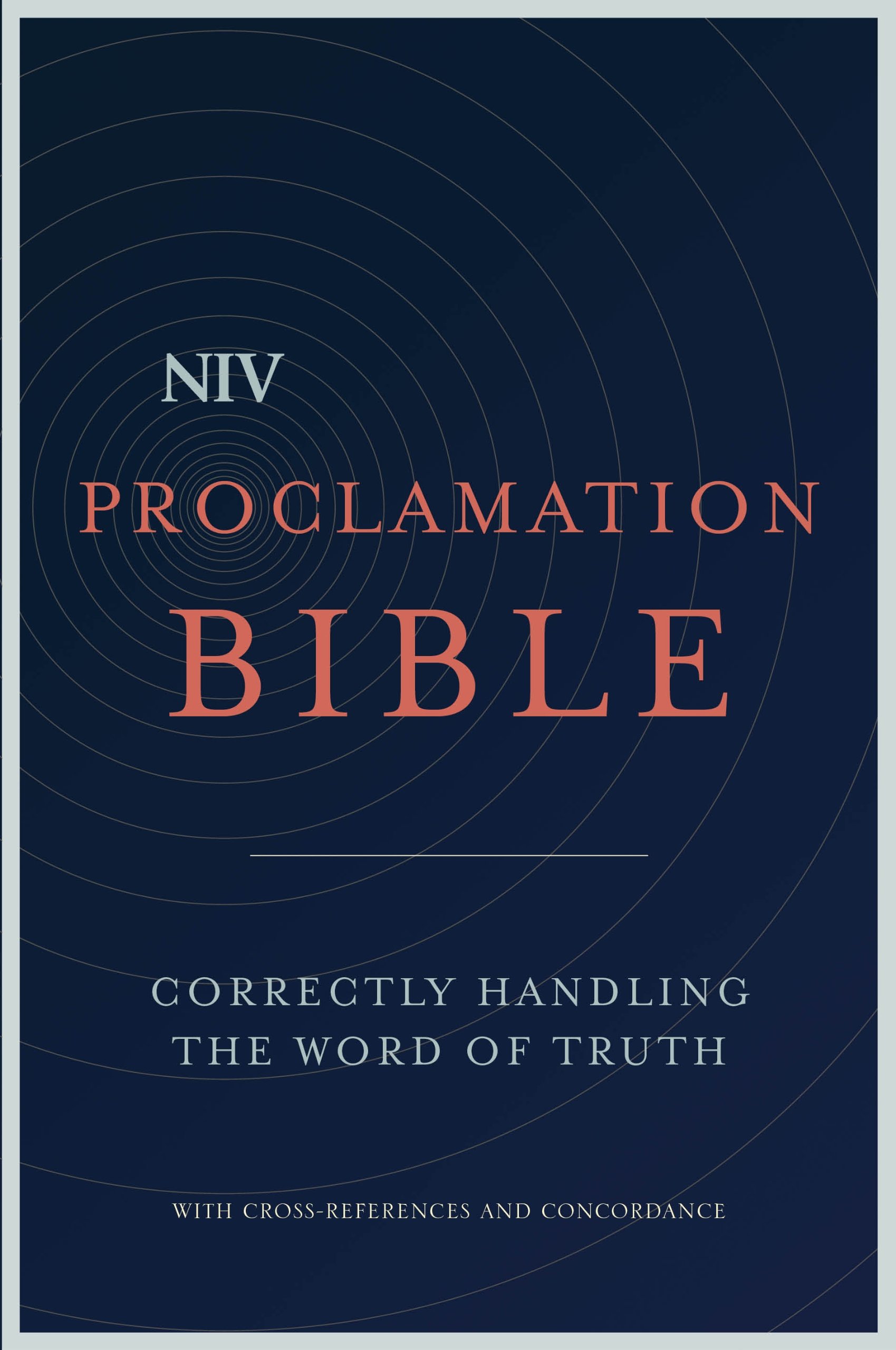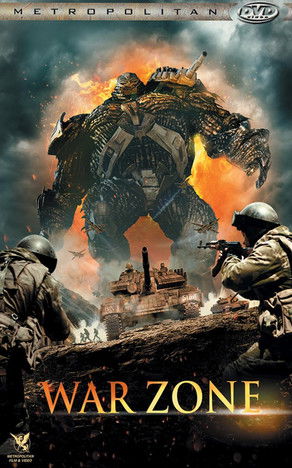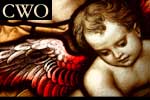Salad Love: 260 Crunchy, Savory and Filling Meals You can Make Every Day
I have to say it: this book is a feast for the eyes. Heck, it's an invitation to a feast!
Those of us who eat the same old things every day and wish to change our eating habits in the easiest most delightful way will love this book. This is a salad book that opens up one's mind. First, it reminds us of other foods that we've forgotten and ignored along the way. Secondly, it opens up one's mind to salads period.
But first, the eye-feast: This food has the best food photography I've seen in ages. The photos are not flashy or anything. They are pretty basic: a wonderful, wildly colorful salad on a plain white dish. Each page has a large photo and a tiny list of the required ingredients at the bottom. Often, the ingredient list isn't necessary because a picture is worth a thousand words and the photos are pretty self-explanatory. Along with the photo and the ingredient lists on each page, there are also two circular insets. The smaller inset (at the top of the photo) contains only one word which states if the salad is Raw, Pescatarian, Omnivore, Vegan, or Vegetarian. The slightly larger inset diagonally opposite the first one and at the bottom of the photo indicates how to transform the salad in some way. For instance, how to change that particular raw salad to an omnivore alternative, or how to change a pescatarian salad to a vegetarian alternative, or omnivore to vegetarian. For instance, the pescatarian Tuna, zucchini, broccoli and black olive salad can be turned into a vegan alternative by replacing tuna with canned beans. By doing this, each salad can be made in two different ways. So although there are 260 salads, the inset with alternatives pretty much doubles the total number of salads.
The salads themselves are a perfect blend for taste and health...and satisfies the need for different mouth-feel.
Before the photos, we have chapters which are no more than two pages long. Seriously, this is a cookbook for those who do not like to actually read cookbooks. One page shows pictures of the items discussed in the chapter, and the other page is a short description.
The first chapter of the book is called The Base. The base of any salad -- as described here-- are greens, grains (couscous, rice, barley, etc), vegetables cut into small pieces, and vegetables shaved to look like ribbons or spaghetti. He doesn't list noodles here but since noodles appear in some of the salads, I'll include that as a base as well.
The second chapter is called Vegetables and Fruits. The author states these should take up about 25% of one's salad. So non-veggie-lovers should love that. The veggies are generally raw and the pics of vegetables show an assortment of the veggies and fruits that the author typically uses.
The third chapter entitled protein states that one cup or 25% of one's salad should be dedicated to protein and again there are pics of protein: meat, eggs, beans, cheeses, fish.
The fourth chapter is entitled toppings; the fifth chapter is "Fresh Herbs." The sixth is Dressings & Spices. This is a fun chapter because it features tiny little recipes for dressings.
Then there is a chapter on tools needed in the kitchen.
The recipes are placed in four sub-sections: Summer, Fall, Winter, Spring
For the most part, the salads don't need a lot of preparation. One might need to boil some rice or noodles here and there But all in all, this is a cookbook that takes all the work out of preparing a meal. And if one already has ingredients on hand, making these salads shouldn't take more than 20 minutes or so.
Highly recommended.
I received this book free in exchange for a fair and honest review.
I have to say it: this book is a feast for the eyes. Heck, it's an invitation to a feast!
Those of us who eat the same old things every day and wish to change our eating habits in the easiest most delightful way will love this book. This is a salad book that opens up one's mind. First, it reminds us of other foods that we've forgotten and ignored along the way. Secondly, it opens up one's mind to salads period.
But first, the eye-feast: This food has the best food photography I've seen in ages. The photos are not flashy or anything. They are pretty basic: a wonderful, wildly colorful salad on a plain white dish. Each page has a large photo and a tiny list of the required ingredients at the bottom. Often, the ingredient list isn't necessary because a picture is worth a thousand words and the photos are pretty self-explanatory. Along with the photo and the ingredient lists on each page, there are also two circular insets. The smaller inset (at the top of the photo) contains only one word which states if the salad is Raw, Pescatarian, Omnivore, Vegan, or Vegetarian. The slightly larger inset diagonally opposite the first one and at the bottom of the photo indicates how to transform the salad in some way. For instance, how to change that particular raw salad to an omnivore alternative, or how to change a pescatarian salad to a vegetarian alternative, or omnivore to vegetarian. For instance, the pescatarian Tuna, zucchini, broccoli and black olive salad can be turned into a vegan alternative by replacing tuna with canned beans. By doing this, each salad can be made in two different ways. So although there are 260 salads, the inset with alternatives pretty much doubles the total number of salads.
The salads themselves are a perfect blend for taste and health...and satisfies the need for different mouth-feel.
Before the photos, we have chapters which are no more than two pages long. Seriously, this is a cookbook for those who do not like to actually read cookbooks. One page shows pictures of the items discussed in the chapter, and the other page is a short description.
The first chapter of the book is called The Base. The base of any salad -- as described here-- are greens, grains (couscous, rice, barley, etc), vegetables cut into small pieces, and vegetables shaved to look like ribbons or spaghetti. He doesn't list noodles here but since noodles appear in some of the salads, I'll include that as a base as well.
The second chapter is called Vegetables and Fruits. The author states these should take up about 25% of one's salad. So non-veggie-lovers should love that. The veggies are generally raw and the pics of vegetables show an assortment of the veggies and fruits that the author typically uses.
The third chapter entitled protein states that one cup or 25% of one's salad should be dedicated to protein and again there are pics of protein: meat, eggs, beans, cheeses, fish.
The fourth chapter is entitled toppings; the fifth chapter is "Fresh Herbs." The sixth is Dressings & Spices. This is a fun chapter because it features tiny little recipes for dressings.
Then there is a chapter on tools needed in the kitchen.
The recipes are placed in four sub-sections: Summer, Fall, Winter, Spring
For the most part, the salads don't need a lot of preparation. One might need to boil some rice or noodles here and there But all in all, this is a cookbook that takes all the work out of preparing a meal. And if one already has ingredients on hand, making these salads shouldn't take more than 20 minutes or so.
Highly recommended.
I received this book free in exchange for a fair and honest review.











